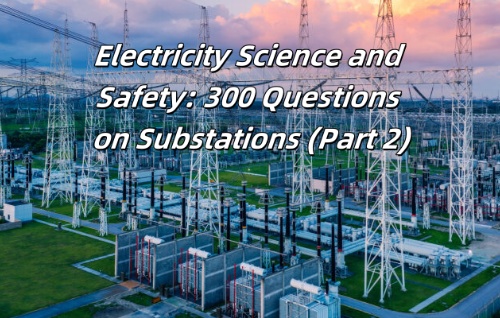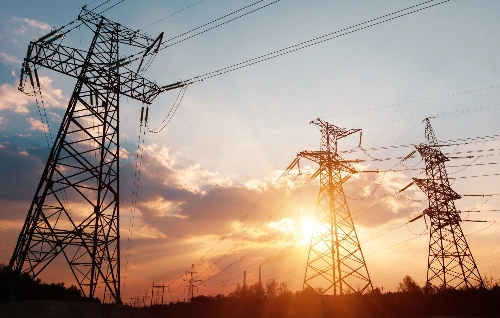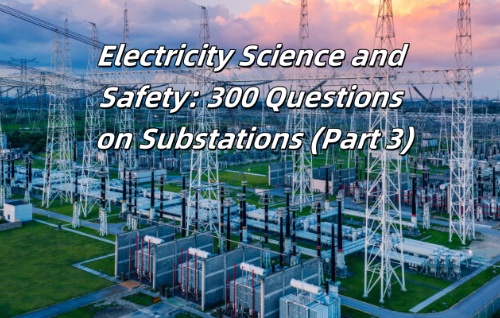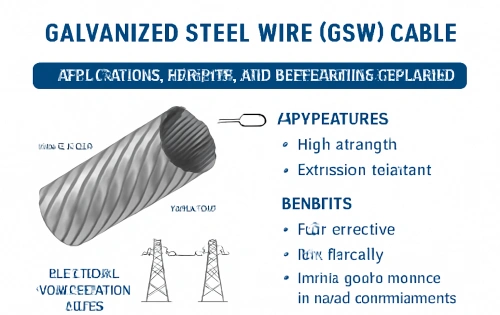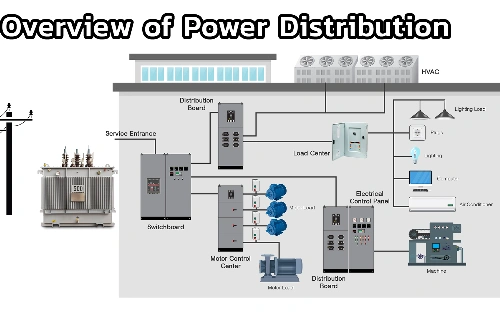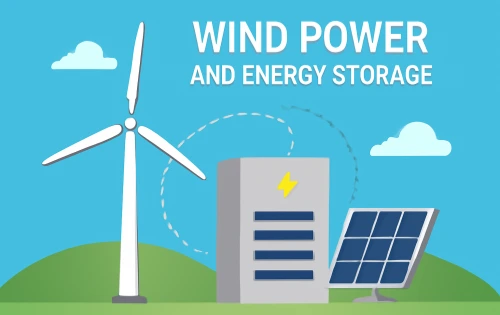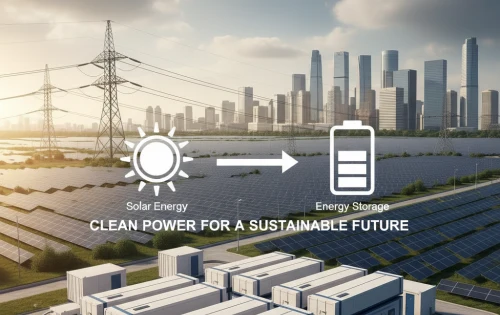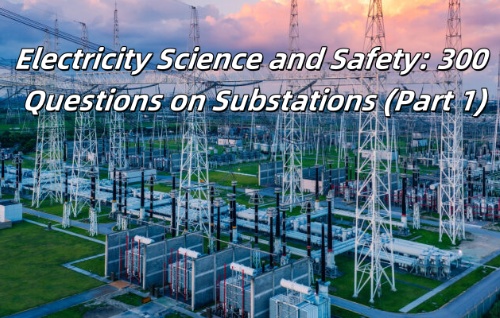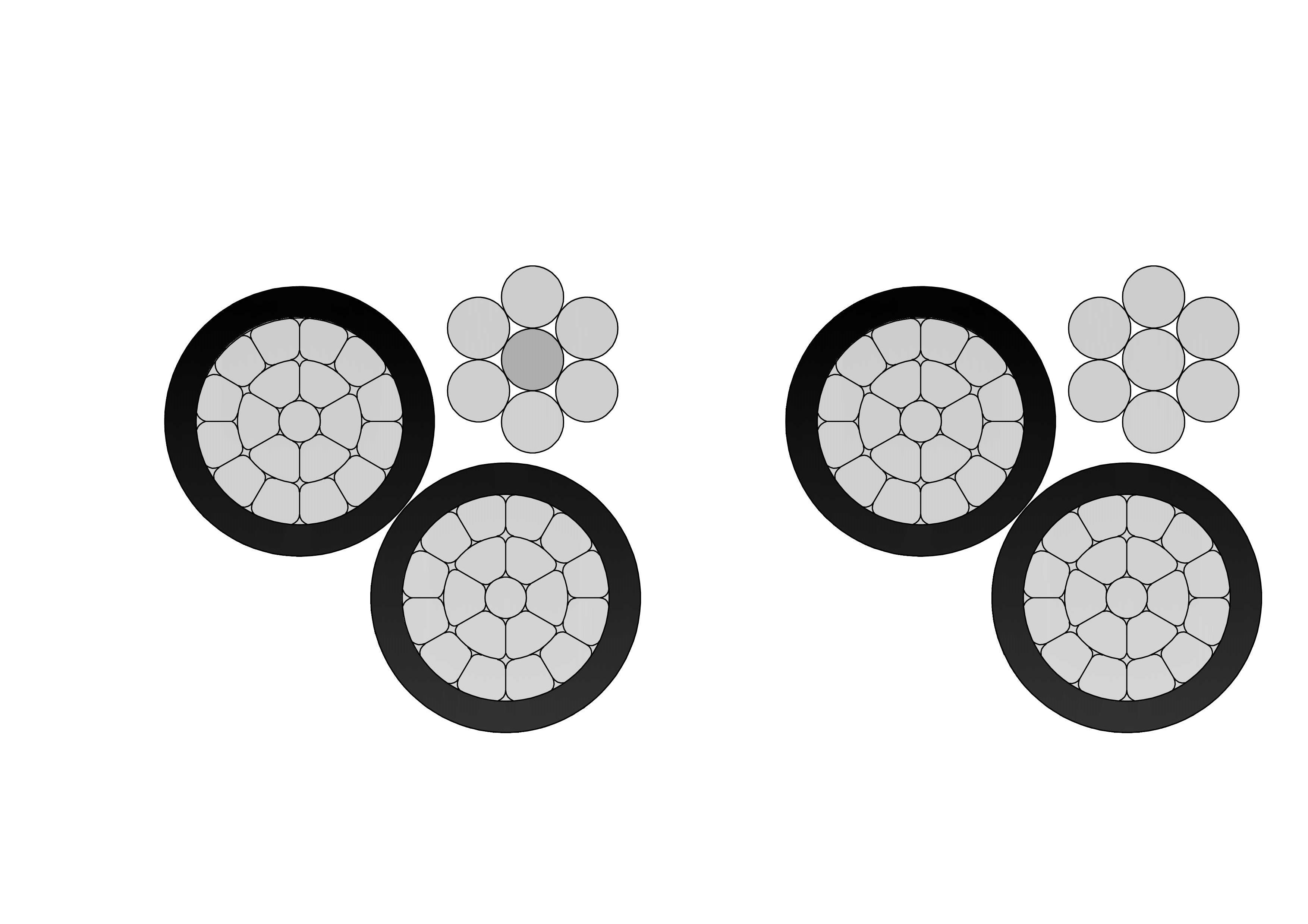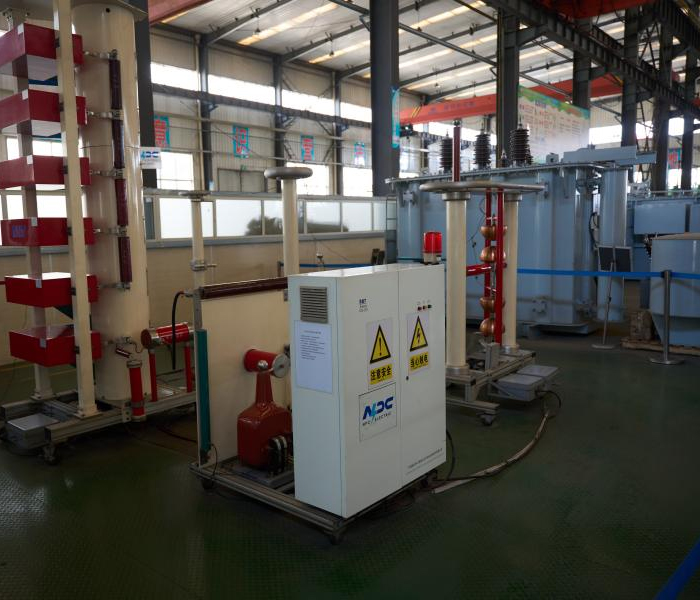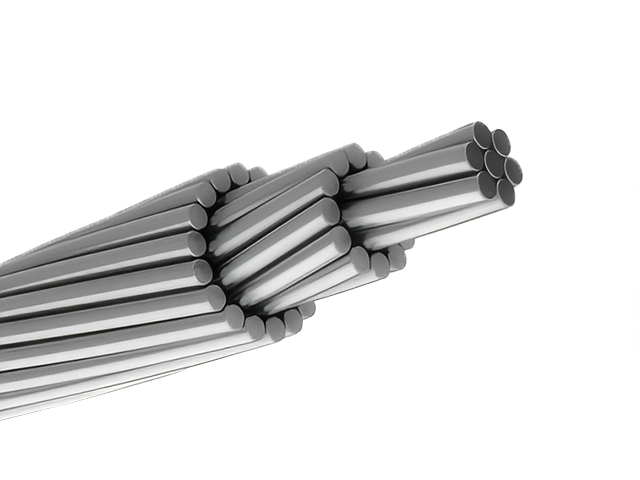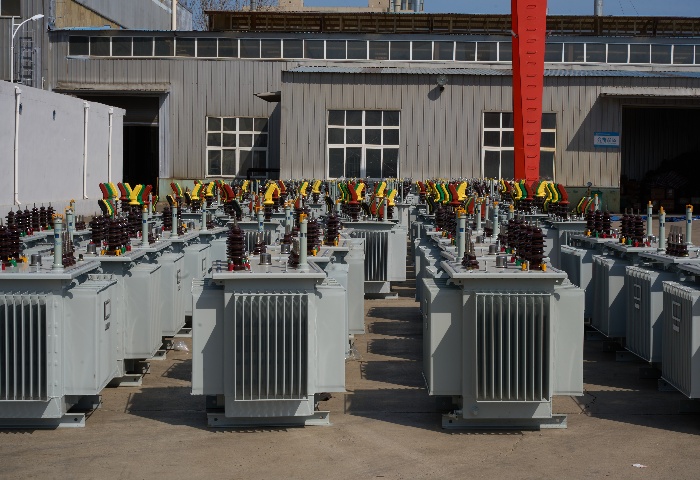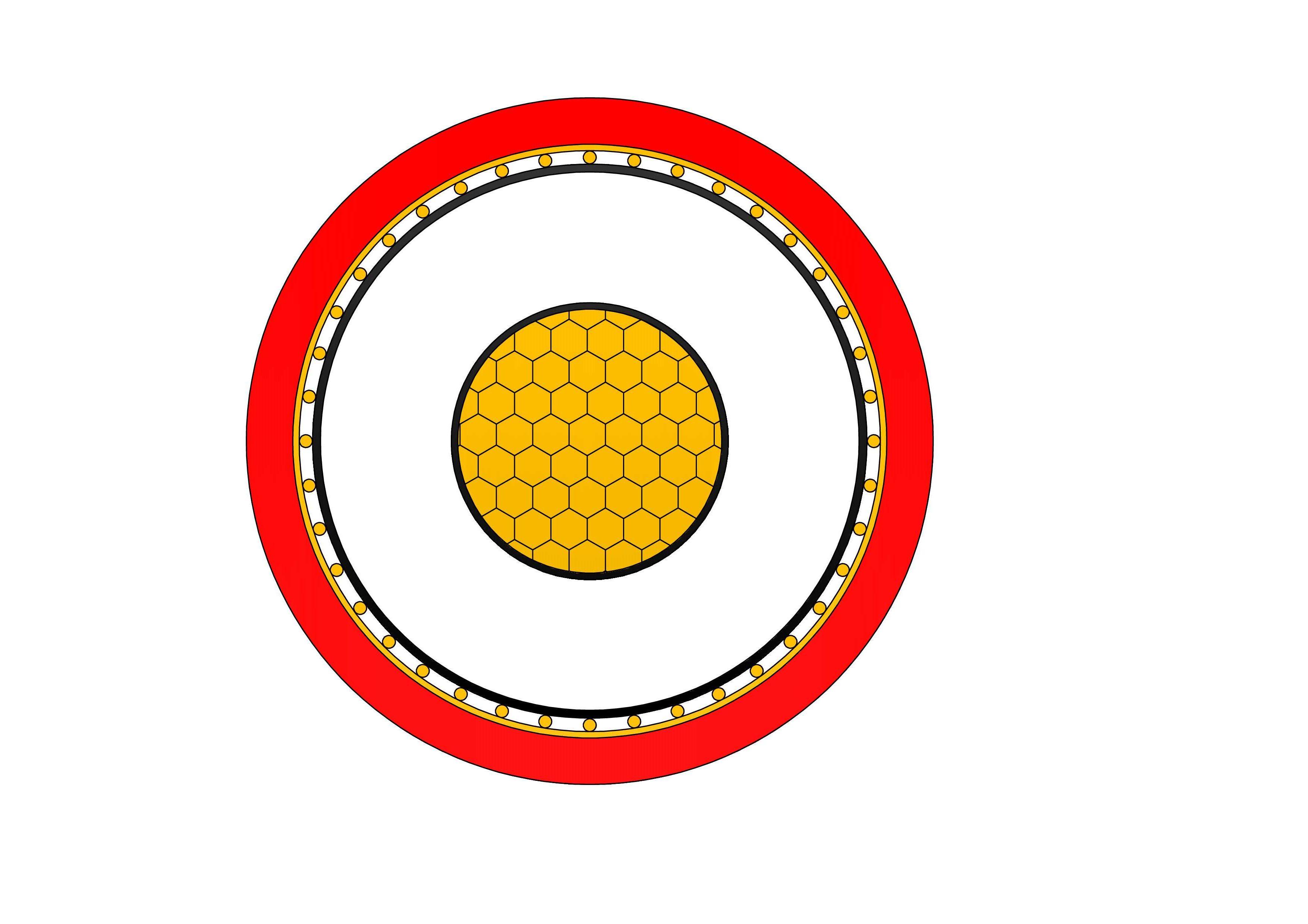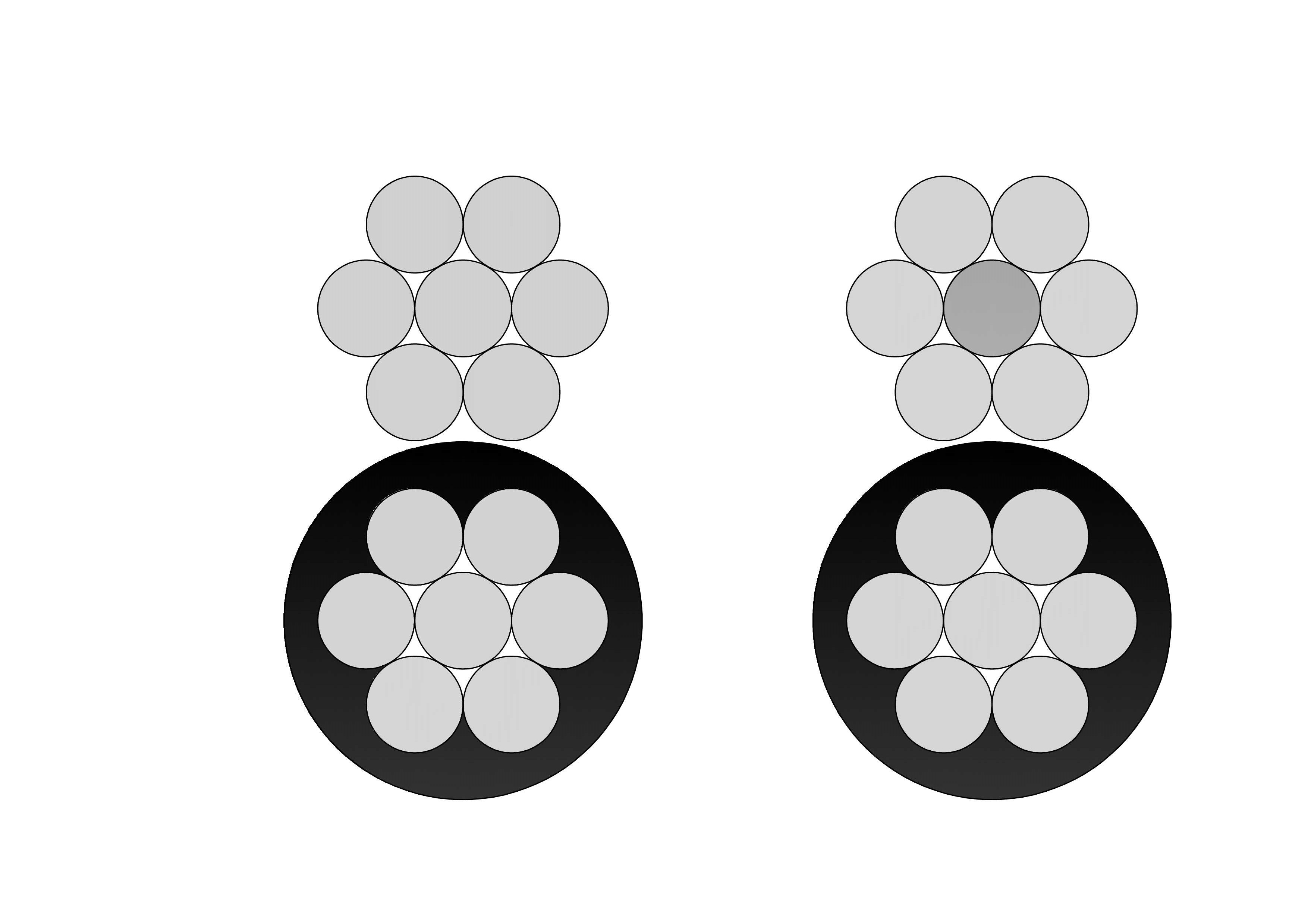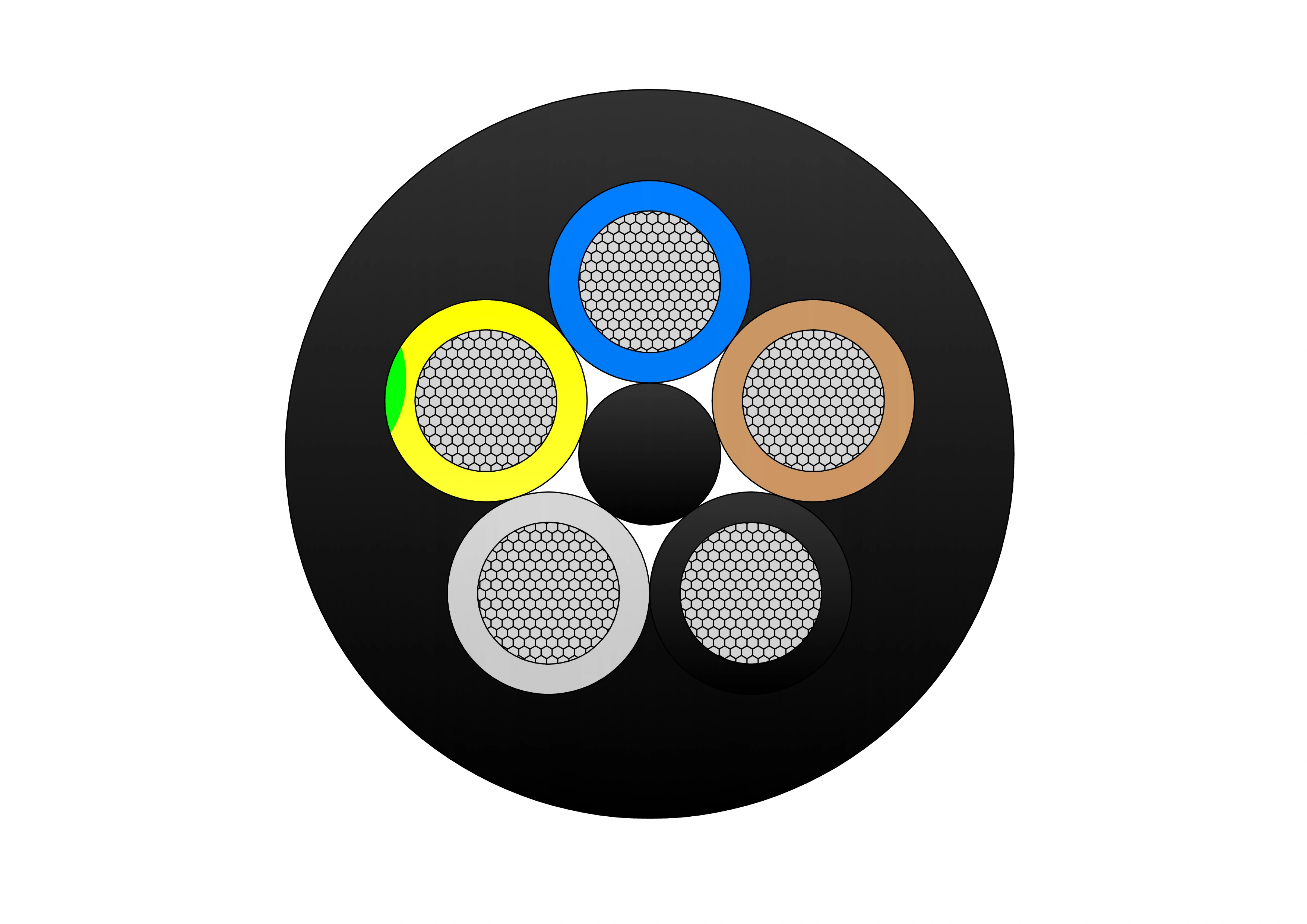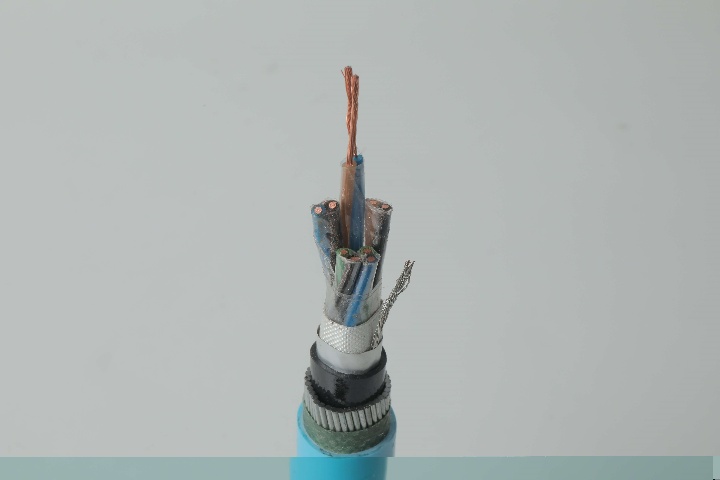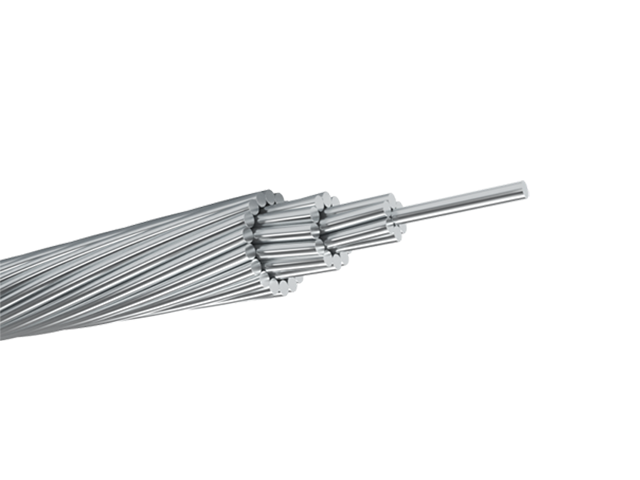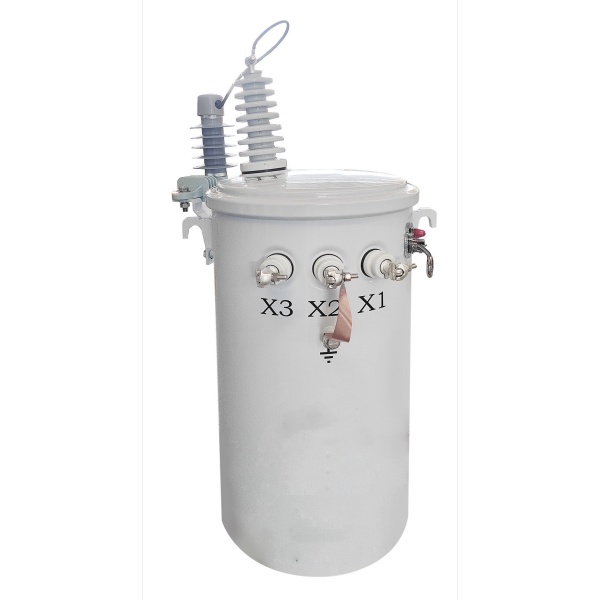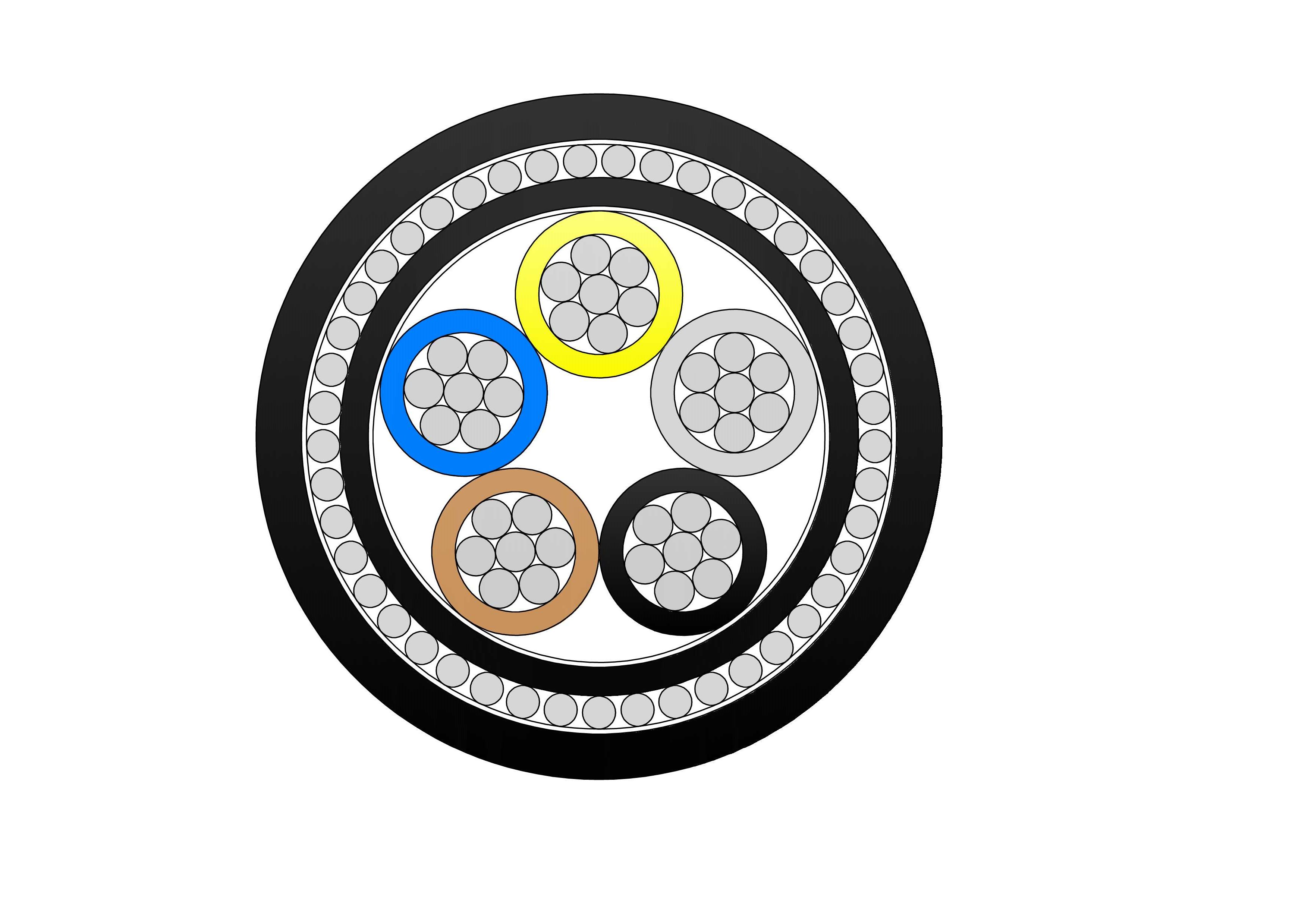How Does the Power Distribution System Work?
The power distribution system is an important part of modern urban and industrial infrastructure. It can safely and reliably transmit electricity from power plants to thousands of households. Therefore, a perfect power distribution system is an indispensable part of people's daily life. From lighting to transportation to data centers, everything relies on a robust electrical power distribution system.
In this article, we’ll explore how the power distribution system works, its components, the role of distribution substations, and how innovations like renewable energy and 3 phase power distribution system designs are shaping the future.
What Is a Power Distribution System?
A power distribution system is the final stage in the delivery of electric power. After power is generated at power plants, it is transmitted over long distances via high-voltage power lines. Once it reaches the local area, the distribution system steps in, reducing voltage levels and delivering electricity to end-users safely and efficiently.
There are three main stages in the electric power network:
- Generation – Electricity is produced at power plants (fossil fuels, nuclear, hydro, wind, or solar).
- Transmission – High-voltage power lines carry electricity over long distances.
- Distribution – The electric power distribution system reduces voltage and supplies it to consumers.
Components of an Electric Power Distribution System
A typical electrical power distribution system includes the following key components:
1. Distribution Substations
These are essential nodes that connect the transmission system to the distribution system. A distribution substation contains transformers that step down high-voltage electricity (e.g., from 132 kV to 33 kV or 11 kV), preparing it for local distribution.
2. Distribution Transformers
Located closer to consumers, these transformers further reduce voltage (e.g., from 11 kV to 400 V or 230 V). They are mounted on poles, pads, or underground and ensure the voltage is safe for residential and commercial use.
3. Distribution Lines
These power lines carry electricity from substations and transformers to end users. They can be overhead (on poles) or underground (in urban areas). The distribution network is typically radial, ring, or mesh in design.
4. Switchgear and Protection Devices
Circuit breakers, isolators, and fuses help manage faults and protect the power distribution system from damage.
Single-Phase vs. 3 Phase Power Distribution System
One important distinction in distribution systems is between single-phase and 3 phase power distribution systems.
Single-Phase Systems
Used mostly for residential customers, single-phase systems deliver 230 V (or 120 V in some regions). They are simpler and more cost-effective for light loads.
3 Phase Power Distribution System
Designed for industrial and commercial users, this system delivers power in three alternating current (AC) waveforms, typically at 400 V or higher. The 3 phase power distribution system allows for efficient transmission of higher loads, reduces power loss, and improves motor performance.
Chart 1: Comparison – Single-phase vs. 3-phase Power Distribution System
|
Item |
Single-phase System |
3-phase System |
|
Application Scope |
Residential Users |
Commercial & Industrial Users |
|
Voltage Level |
120V / 230V |
400V / 415V / Higher |
|
Power Efficiency |
Moderate |
High |
|
Cost |
Lower |
Higher |
|
Equipment Compatibility |
Household Appliances |
Motors, Industrial Equipment |
Types of Electric Power Distribution Systems
Electrical power distribution systems are categorized based on configuration and operation:
1. Radial System
This is the most common and simplest design. Power flows in one direction from the substation to consumers. While cost-effective, a fault can cut off supply to all downstream users.
2. Ring Main System
Electricity is delivered via a closed loop, enhancing reliability. If a fault occurs, the load can still be supplied from the other end of the loop.
3. Interconnected/Mesh System
Common in dense urban networks, this system is highly reliable and flexible, allowing multiple paths for electricity flow. It’s also the most expensive and complex.
Chart 2: Traditional vs. Smart Power Distribution Systems
|
Feature |
Traditional System |
Smart Distribution System |
|
Power Flow Direction |
One-way |
Two-way |
|
Fault Recovery Time |
Slow |
Fast (Automatic Detection & Isolation) |
|
Renewable Energy Integration |
Low |
High |
|
User Participation |
Passive |
Active (e.g., Demand Response) |
|
Data Monitoring Capability |
Basic |
Real-time & Comprehensive |
Power Distribution and Renewable Energy
The global shift toward renewable energy has a major impact on power distribution systems. Unlike traditional centralized power plants, renewable energy sources like solar panels and wind turbines are often distributed across wide areas.
This requires modern electric power distribution systems to be more flexible, bidirectional (allowing power to flow from consumers back to the grid), and digitally controlled. Smart grids, energy storage, and automated control systems are now essential components of advanced distribution systems.
Challenges in Power Distribution
Despite advances, power distribution faces several challenges:
- Aging infrastructure: Many power distribution systems were built decades ago and require upgrades.
- Load growth: Rising electricity demand, especially from electric vehicles (EVs), stresses existing networks.
- Integration of renewables: Managing variable output from solar and wind sources needs smarter grids.
- Reliability and resilience: Weather events, cyberattacks, and equipment failure pose growing risks.
Future of Electrical Power Distribution Systems
Modern electric power distribution systems are evolving with innovations such as:
- Smart meters and sensors for real-time monitoring
- AI-based predictive maintenance to reduce downtime
- Microgrids and local energy communities
- Grid automation and digital twin modeling
- Advanced protection and control systems
The 3 phase power distribution system, in particular, remains vital to support high-efficiency power flow in both industrial zones and data-intensive urban areas.
In conclusion, The power distribution system is the vital link between energy generation and end use. A well-functioning electric power distribution system ensures safe, reliable, and efficient delivery of electric power across regions.
With the integration of renewable energy, rising electricity demand, and the move toward smart infrastructure, the future of the electrical power distribution system lies in flexibility, resilience, and intelligent design.
Whether you’re a homeowner, engineer, or policymaker, understanding how the power distribution system works is key to navigating the energy transition and ensuring sustainable, reliable power for generations to come.

